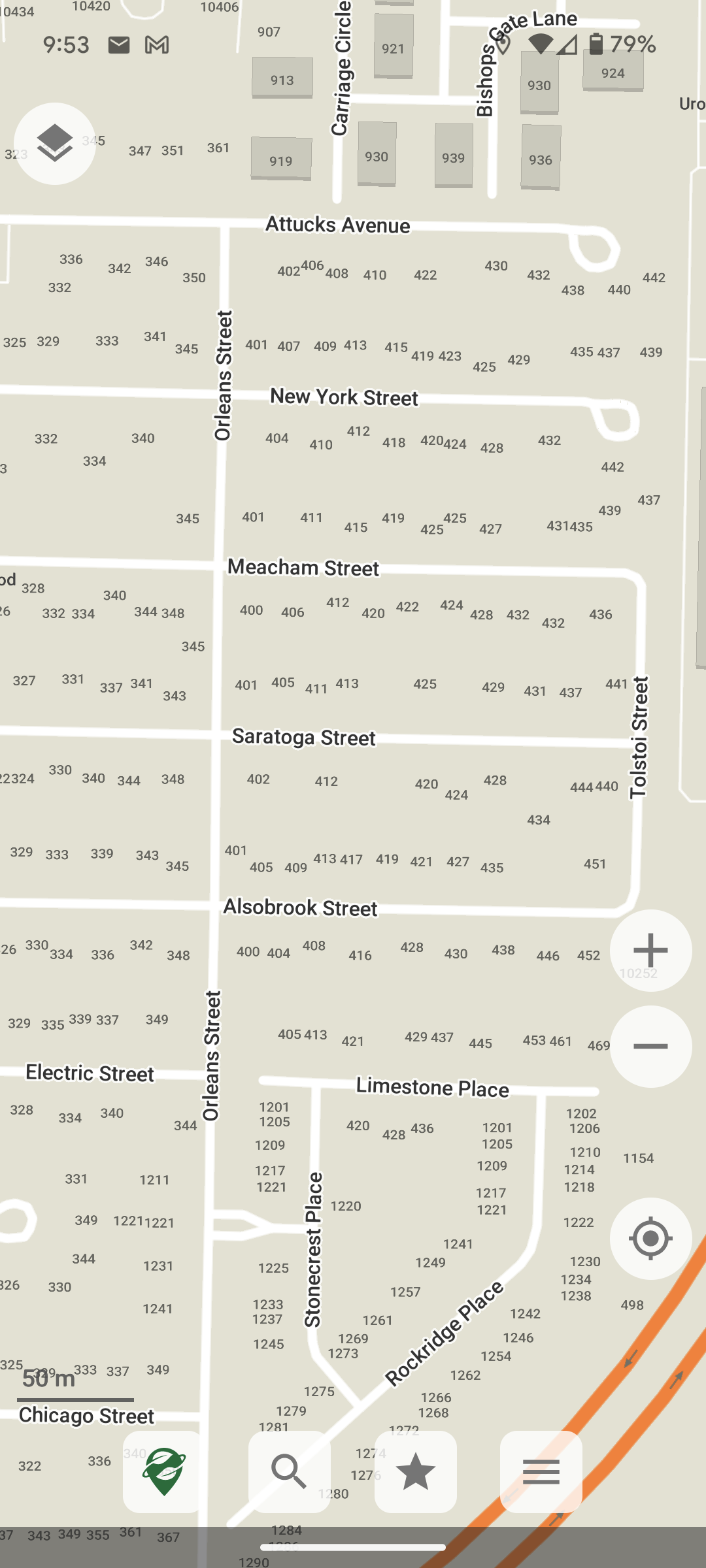

When IBM killed OS/2


When IBM killed OS/2
Funtoo is dead after this month
https://forums.funtoo.org/topic/5182-all-good-things-must-come-to-an-end/
Looking-glass.io is what most use for that
My “main” OS timeline was:
Technically I used windows 3.1 at times in DOS and OS/2 for some specific piece of software, but it was never what I primarily used and I don’t consider Windows 3.1 a proper operating system, it’s just a desktop environment.
Not sure exactly when, but I know by 2000 I was fully on board the Linux train.
Started using Linux in the days of floppy boot and root diskettes. Lived through the days of hand-crafted SLIP scripts for dial up internet. The days of needing to pay for working sound drivers. Manually calculating modelines in Xfree86.
I have primarily used Windows at work, probably been 99% windows and 1% Unix/Linux. I have had windows laptops and virtual machines for certain specific use cases but it has never been my main.
Gentoo has binary packages now, so install can be quite fast.


I do it because I can… I read release notes on every update and once you’ve configured a kernel for a particular machine you really don’t need to touch the config, barring major changes like when PATA and SATA merged. Or of course if I’m adding a new piece of hardware.
I remove everything I don’t need and compiling the kernel only takes a couple minutes. I use Gentoo and approach everything on my system the same way - remove the things I don’t need to make it as minimal as possible.
Compiling your own kernel also makes it easier when you need to do a git bisect to determine when a bug was introduced to report it or try to fix it. I’ve also included kernel patches in my build years ago, but haven’t needed to do that in a long time.
I used to compile a custom kernel for my phone to enable modules/drivers that weren’t included by default by the maintainer.
It’s not about performance for me, it’s about control.


Tried Wayland about 5 years ago to see what all the hype was about, with Nvidia proprietary drivers, got a black screen. Could never get beyond that. Went back to xorg.
Tried about 3 or 4 years ago, with amdgpu drivers, no black screen this time but chrome would not work and a few other programs didn’t work right or at all. There may have been special builds or wrappers to work around some of those issues but I had no interest in dealing with that at the time, so I went back to xorg.
Have not felt motivated to try again as I haven’t had any issues with xorg. I’m using Nvidia drivers at the moment. I also heavily use turbovnc server with virtual gl and not sure how (or if) that’d work in combination with Wayland.
I haven’t had to even think about the fact I’m using xorg or screw around with the configuration in like 10 or 15 years. It just works, for me and my setup, anyway.


I am in the US and street addresses are visible and searchable in Organic Maps for me. I don’t know if it depend on the area or something.



I have used Linux as my main for 20 years, but I have a dedicated windows computer for games (hooked to my TV in the living room). A lot of my steam games work in Linux nowadays, but the windows computer just works without fuss. I use it ONLY for games and turn it off when I’m not playing anything.
Ironically some older games (older win95/98/XP era games) work better in Linux under wine or emulation…
I have also used a windows vm with gpu pass-through to play games on my Linux machine, though I’m sure a lot of your anti cheat would probably not allow that. I don’t bother with that anymore since so many games work in Linux with proton.
For non-gaming use I feel that 99% of dual boot scenarios should probably just be virtual machines instead. I have a windows VM I fire up for proprietary software or work related stuff when necessary.
SSHFS is shipped by all major Linux distributions and has been in production use across a wide range of systems for many years. However, at present SSHFS does not have any active, regular contributors, and there are a number of known issues (see the bugtracker).
The current maintainer continues to apply pull requests and makes regular releases, but unfortunately has no capacity to do any development beyond addressing high-impact issues.
When reporting bugs, please understand that unless you are including a pull request or are reporting a critical issue, you will probably not get a response.
ThinkPads still have real mouse buttons, at least. And some who copy the ThinkPad, like HP Zbook.
I still use my N900, basically just for ssh over wifi these days. It is so so so much better than typing on a virtual keyboard, especially in a terminal where I have keyboard shortcuts set up for home/end/pgup/pgdn/tab/etc. The original Nokia battery from 2009 is still live and kicking! The keyboard and slide form factor were great. Even the resistive touch screen, when used with the stylus, is very accurate.


Seconded this approach, I’ve got a Gentoo installation that has been going since 2005 across half a dozen different machines.
alias ll=“ls - l”
My most-used, by far, for decades.
Gentoo. Literally the entire system is a build environment. Imagine a single environment that’s capable of compiling thousands of different packages and managing dependencies etc.